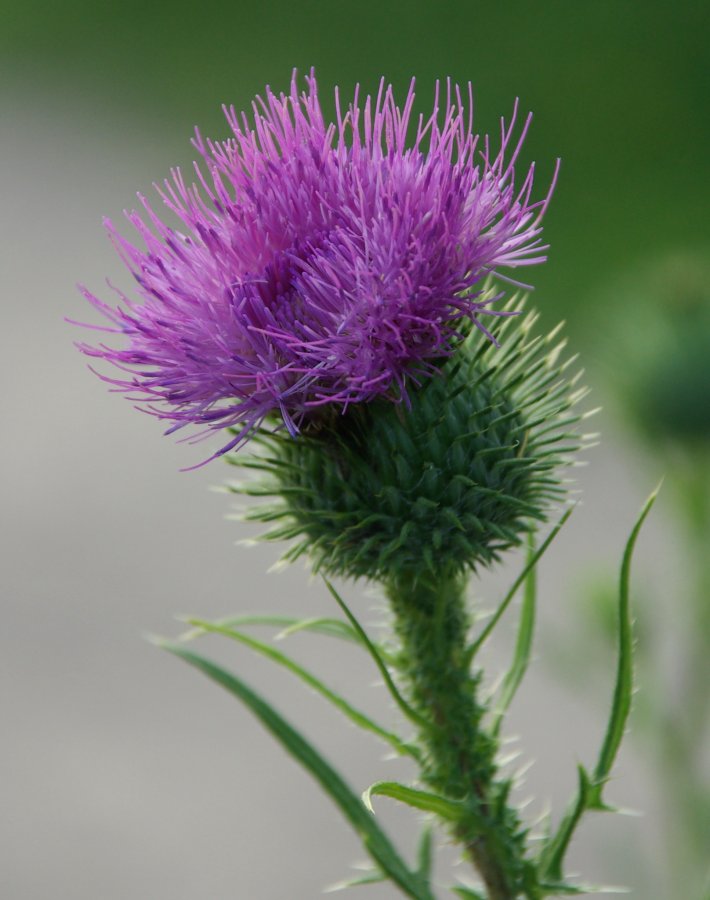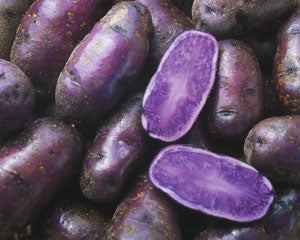In the winter months, when temperatures plummet, we are reminded to care for our elders.
But we shouldn't just check in on them when the weather is bad.
We need to truly respect and honor them.
The question rises from time to time: how do we do that correctly?
Years ago, when I first began meeting regularly with a few elders for the purpose of practicing speaking, I was confounded by a such a quandary.
The elder obviously was spending a great deal of time with me and helping me, but how could I repay them?
They would not tell me what they would appreciate, but I knew that just giving groceries and gifts was not adequate reimbursement for their time.
So I spoke with lots of folks and came up with a plan that the elders (seemed to) appreciate and that I could live with myself.
I continued to give gifts of course, purchasing groceries and household supplies, items I knew they could use in their craft making, and even making gifts for them myself using my own skills.
But I also checked around and found out what tutors and piano teachers were charging in our area.
I took the high and the low charges and averaged them out. I kept track of the hours of direct contact the elder would spend with me.
I then would put this in an envelope and would give it to the elder when I dropped off my usual gifts.
Folks, this was a practical solution and I never had an elder turn this down.
You can of course, offer those who are teaching you your language more than this, but I found this "rule of thumb" helpful in keeping me accountable and on track with my lessons.
It was also something I could calculate into my household budget.
If you are interested in developing your own average to share with an elder, check out this blog on piano lesson costs per each half hour around the country:
http://takelessons.com/blog/how-much-are-piano-lessons
You can also check your local newspaper and colleges and find out what tutors and music teachers charge in your community.
Respecting your elders seems rather vague but putting it into this context helps to understand what is a fair and equitable way to care for those who are giving you this precious gift.
Remember, this is a starting point; you should also give as much as you can to help your elder by sharing items where appropriate (in addition to giving money) such as firewood, groceries, yard work, household items, clothing and other ways of showing your love and gratitude.
Don't just wait for your elder's birthday or Christmas either, but of course, you should also give something on those occasions.
Our elders would never ask this from us, but they would have every right to demand it. If we truly want to honor our elders, we must be willing to do more than just say nice things about them and "thank you" without anything to back it up is just a nice sounding phrase to soothe our own conscience but it does nothing to help our elders, many of whom are on a very small fixed income.
SGI for listening!






